Pre-event training in Gran Canaria
You will join the boat a few days before the start of the ARC. There is a huge amount to prepare for an Atlantic crossing and we will get you fully involved. Vast amounts of shopping are required to get us stocked up with food and refreshments over the next three weeks at sea and it all has to be carefully logged and packed away. There are also multitudinous checks to be made to ensure every bit of equipment is absolutely ship-shape.
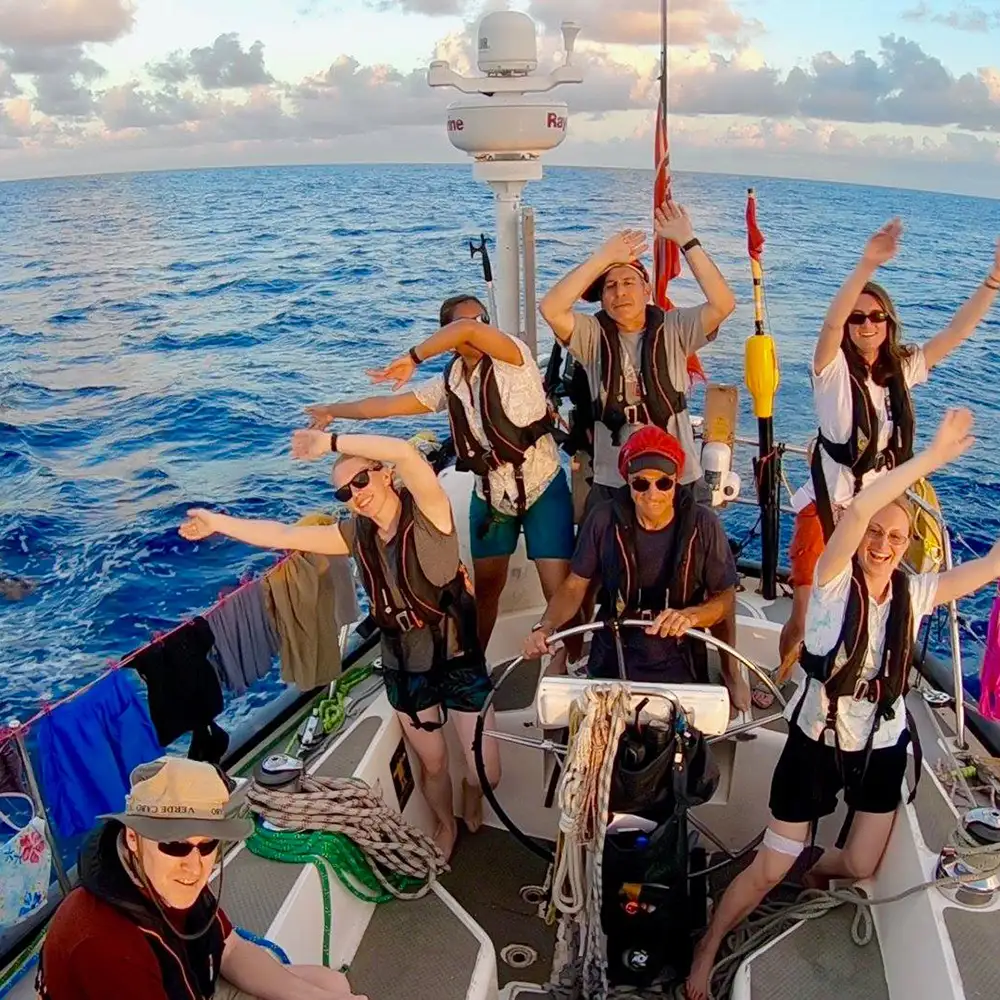
We also use this time to get you out on the water. You will learn and revise all the critical sailing skills, from tacking and gybing to reducing sail in bad weather and rescuing a casualty who has fallen overboard. You will soon be feeling much more comfortable with all the skills and really coming together as a crew. It is an exciting time, with over 70 yachts and their crews preparing to depart and there is a great social scene in the evenings.
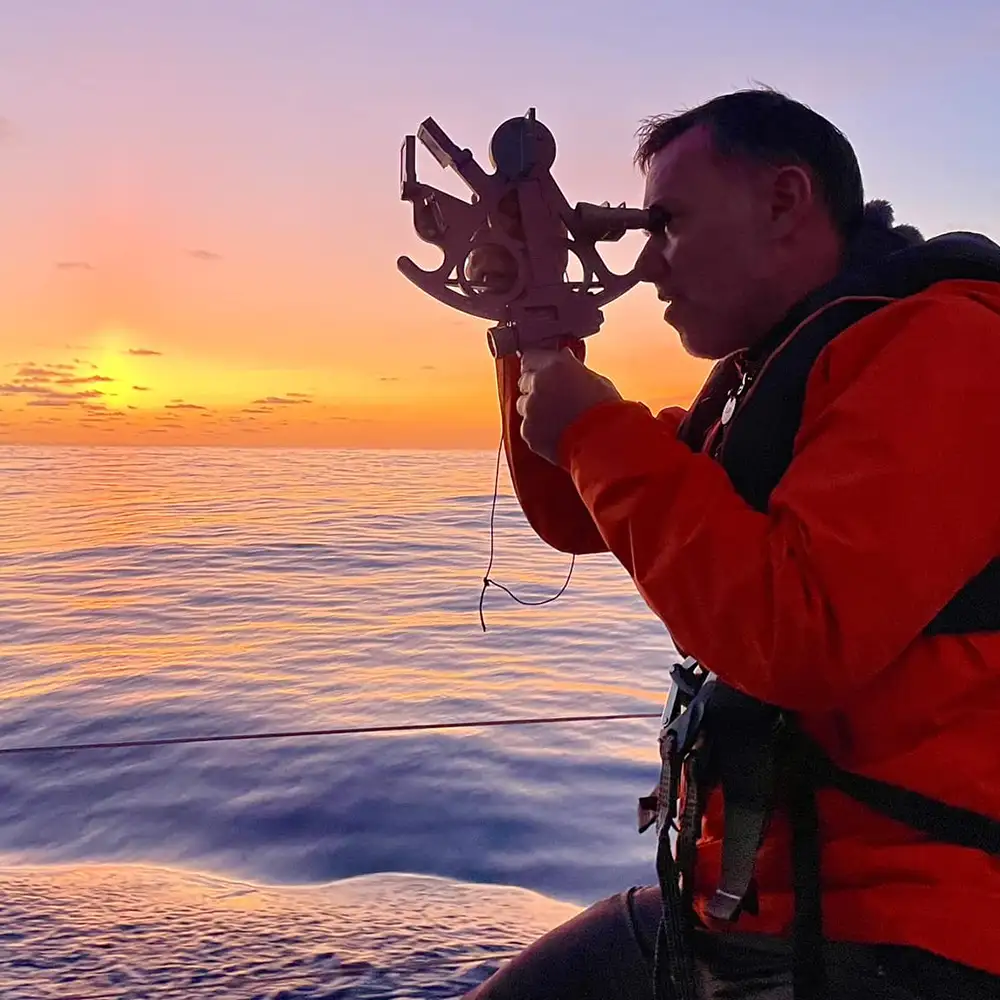
Setting off across the Atlantic
It is always with mixed emotions that any sailor watches land disappear astern. It is utterly exhilarating but there is also the certain knowledge that we have thousands of miles of open ocean ahead of us and challenges as yet unknown. We are out on the open ocean, away from the security and creature comforts we have been used to. Ahead lies the unknown, and it’s as a crew that we will take on whatever comes our way, from strong winds and big seas to flat calms, mirror-like water and not a breath of air. It all comes with a healthy sense of anticipation!
At first, the sea is crowded with all the yachts having set sail at the same time, but in less than 24 hours the fleet disperses and from now until we arrive in the Caribbean, we may only see another two or three yachts, although we get regular radio updates on the weather and our position within the fleet.
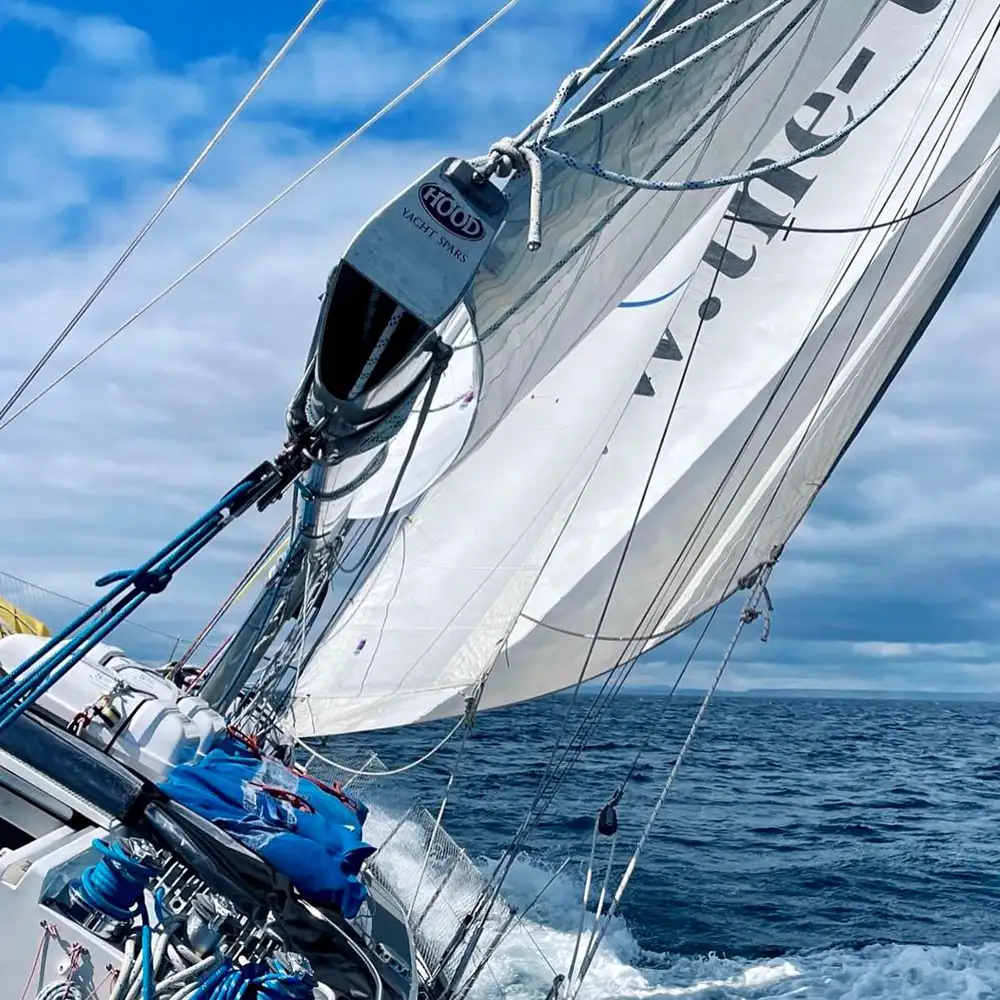
As the sun sets for the first time on our voyage, we will be sailing under the stars, in the inky blackness of the ocean. Far from any man-made light, and clear skies permitting, you will see a truly spectacular starscape. With 360° horizons, the stars can reach in a huge arc as far as the eye can see. With the wind in the sails and the yacht galloping through the waves, you’ll be storing away memories that will be with you for a lifetime. When it comes time for the watch change, it can be hard to tear oneself away from it, but a warm bunk and tiredness from a full day of learning and sailing always win out in the end!
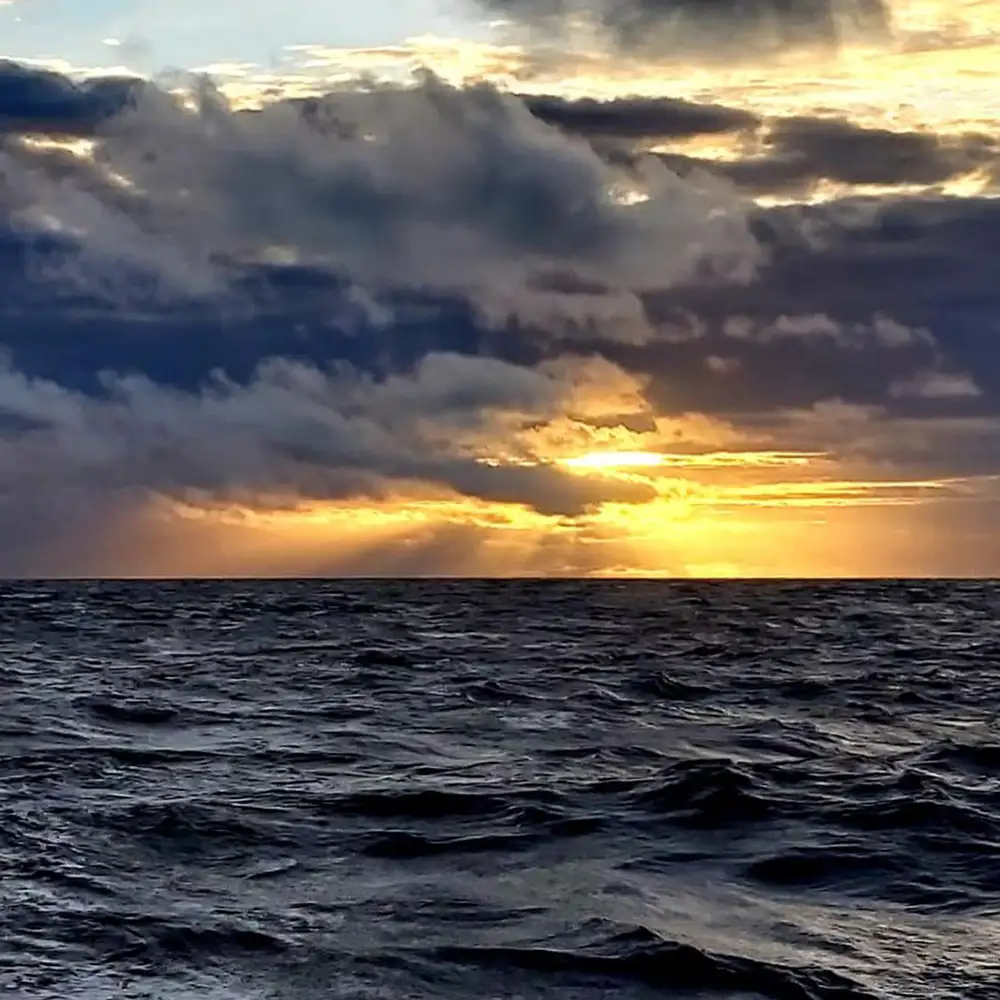
We run a 3 hour on, 6 hours off watch system, so you get a really good sleep. We’re here to have a wonderful time – not exhaust ourselves!
No matter how special the night (and sometimes you can swap out the scene above for strong winds, crashing waves and driving rain!) sunrise is always so welcome. Now we can see everything clearly again, and we can make good any temporary fixes that might have been put in place through the dark hours. There is little that beats the new watch coming up and handing you a steaming mug of tea and bacon sandwich. Even though you may be tired, it comes with a wonderful sense of being alive. You are hundreds of miles from land, and except for your fellow crew, alone out in the Atlantic Ocean.
During the days, we need to keep track of our position and mark our progress on the chart. The skipper and mate will be giving lessons on various skills, and one of these may be celestial navigation so you can start to learn how to bypass the GPS and locate your position using just the sun, moon or stars. There are also all the daily jobs essential to the smooth running of a yacht on passage. Everyone will be in a rota to help with cleaning, maintenance, cooking and navigation.
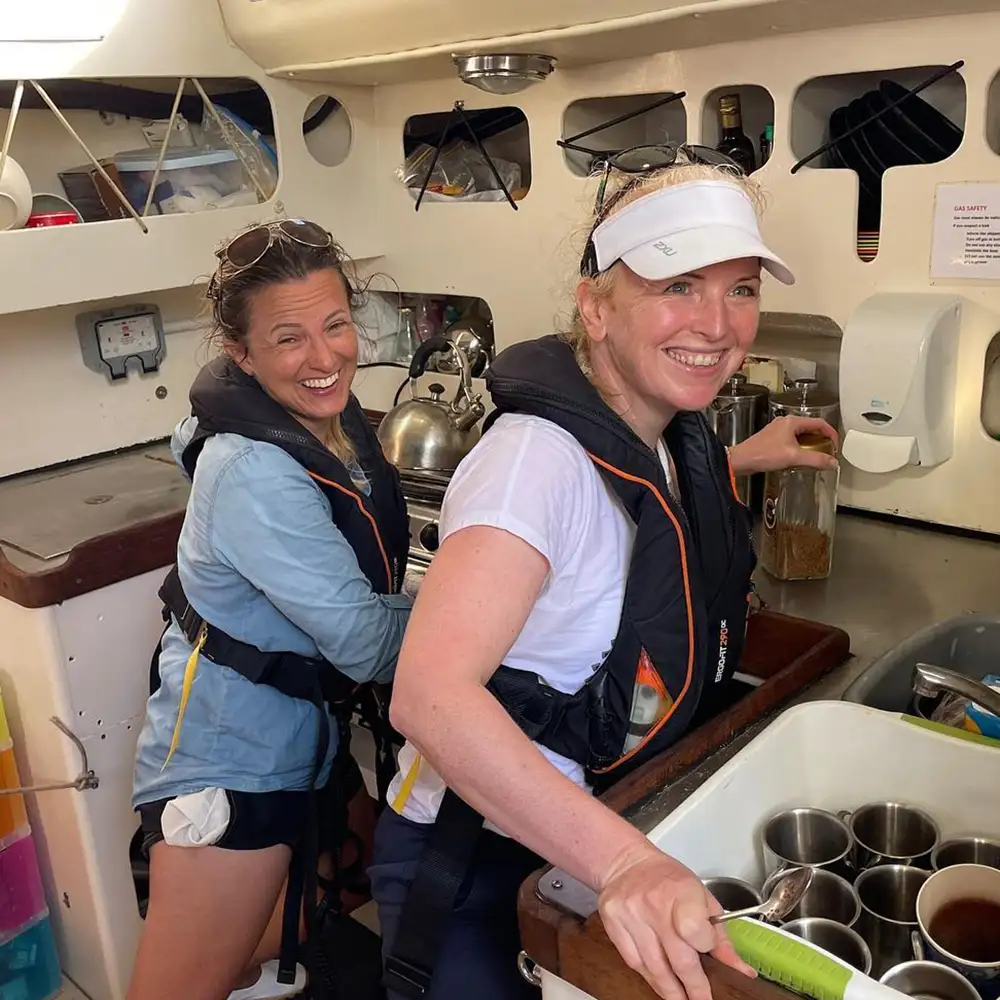
Making landfall in the Caribbean
2600nm west of the Canaries, we see the cliffs of St Lucia rise up over the western horizon. It is always a really exciting moment and soon we can see the Pitons, then the palm trees, then the white sand beaches and suddenly it is time, after so many weeks at sea, to drop our sails and start preparing to make landfall. It can be a time of mixed emotions. There is excitement at getting ready to head ashore, but also a twinge of regret that this huge adventure is finally at an end. Now tanned, leaner and windswept – we have done it. We have sailed across the Atlantic Ocean!
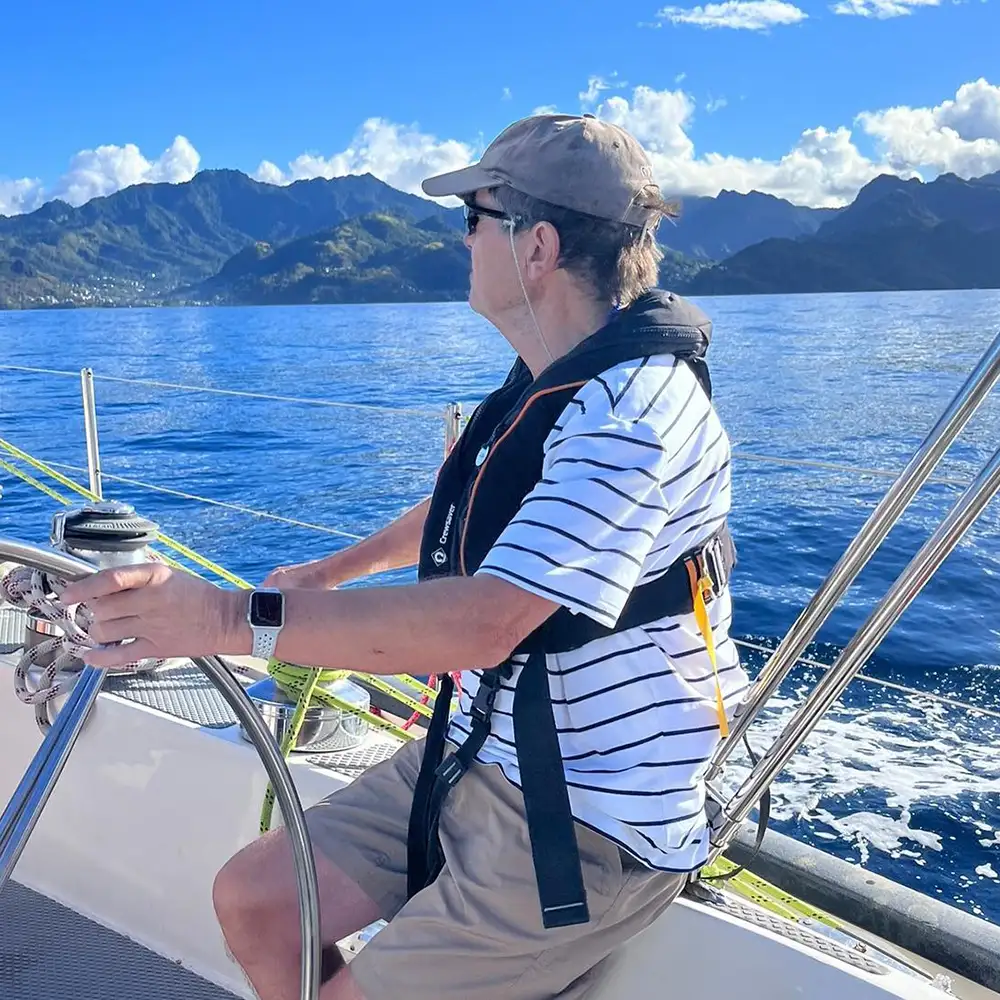
A brief overview of the ARC
The Atlantic Rally for Cruisers (ARC) is an annual sailing event for cruiser yachts that has been held since 1986. More than just a boat race, it also has the cruising division that we enter. The event starts at the end of November in Las Palmas de Gran Canaria and ends before Christmas in Rodney Bay, Saint Lucia, in the Caribbean. It is the largest trans-ocean sailing event in the world, attracting over 1-200 boats of various sizes and shapes. The route takes between 8 and 31 days, aided by trade winds, and covers around 2500 nautical miles. The event was founded by Jimmy Cornell and is now organized by the World Cruising Club, which also arranges a World ARC.
The first race was organized in 1986 by Cruising World Magazine under the name Atlantic Race for Cruisers (ARC). Jimmy Cornell created the event to add some excitement to the long and lonely voyage across the ocean, strengthen bonds between cruising sailors, and increase safety and confidence by organizing a passage of a large number of yachts at the same time.